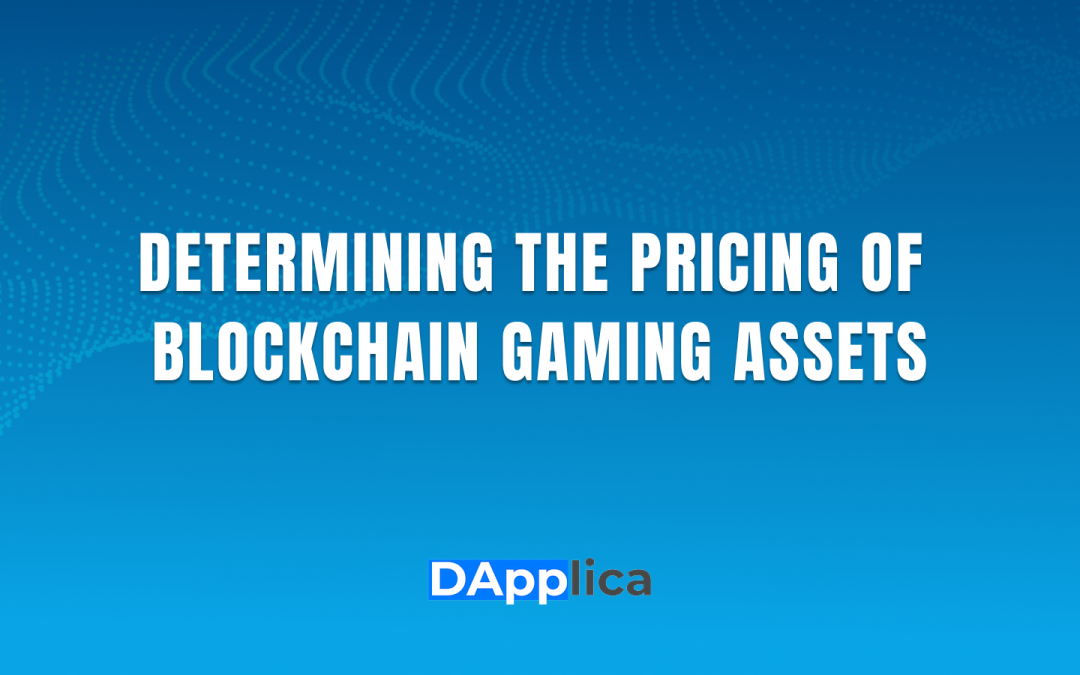In the world of online gaming, players immerse themselves in virtual worlds hosting a myriad of digital assets. These assets, including cosmetic items like skins and in-game outfits, as well as functional elements like powerful weapons and currencies, elevate the gaming experience. Yet, have you pondered the method behind affixing the pricing of these gaming assets? This article delves into unveiling the intriguing process of setting the prices for gaming assets and investigating the factors shaping their value.
Supply and Demand Dynamics
A fundamental principle governing gaming asset pricing is the classic economic concept of supply and demand. Rare, limited editions or highly sought-after assets often command higher prices. Conversely, NFTs with an abundant supply may possess more modest valuations, as they are readily accessible.
Rarity and Scarcity
A gaming asset’s pricing significantly hinges on its scarcity. Players and collectors commonly ascribe higher value to items that are challenging to obtain or possess an air of exclusivity, such as event-specific rewards or unique character skins.
Popularity and Branding
The popularity of a game or the iconic status of a character can significantly impact the pricing of associated gaming assets. Assets linked to well-known franchises or beloved characters frequently garner higher value, as players aspire to own a piece of their cherished gaming universes.
Developer Set Pricing
In certain gaming ecosystems, developers wield direct control over the pricing of purchasable in-game assets. They meticulously establish prices to sustain a balanced economy and ensure overall player contentment.
In-Game Utility and Performance
Assets with augmented in-game performance, like powerful weapons or rare items, often command higher prices due to their influence on gameplay and competitive edge.
Virtual Economy and Player Trading
In player-driven economies, the interactions between players and their trading activities play a crucial role in determining asset values. Peer-to-peer trading and negotiations often influence prices within these economies.
Real-World Value Integration
With the rise of blockchain technology, some gaming assets are now integrated with real-world value. Virtual assets that can be converted into cryptocurrencies or tradable in secondary markets carry an additional perceived value, further impacting their pricing.
Seasonal Events and Limited-Time Offers
Gaming companies often introduce limited-time offers and seasonal events that include exclusive rewards and items. These event-specific assets may see price fluctuations during their availability period due to increased demand.
The pricing of gaming assets is a dynamic process shaped by factors such as rarity, demand, real-world value integration, and player-driven economies. Developers and gaming companies carefully balance player satisfaction with maintaining an in-game economy. Understanding these factors offers insights into virtual possession value, enhancing the gaming experience. As the industry evolves, so does the intriguing world of pricing gaming assets.

